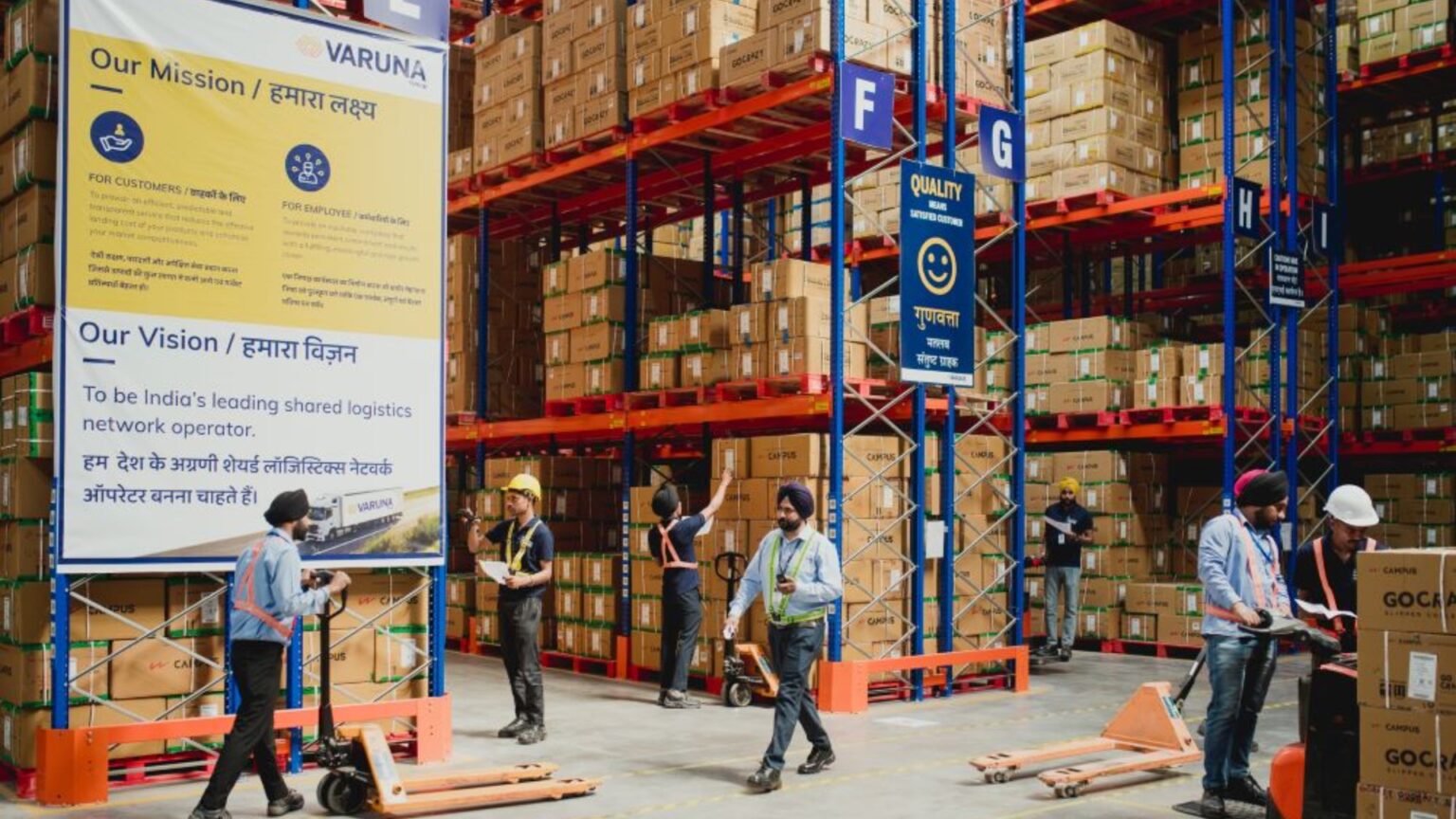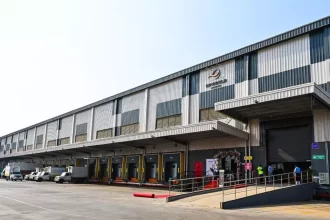The supply chain in India is undergoing a rapid transformation, driven by new technologies, government initiatives, and evolving market dynamics. As one of the backbones of global trade, the way India manages its supply chain will play a pivotal role in shaping the future of industries. In this article, we explore the key trends and developments set to redefine the supply chain landscape in India.
Technological Revolution in the Supply Chain
The future of supply chain management in India is being shaped by cutting-edge technologies. Artificial Intelligence (AI), the Internet of Things (IoT), blockchain, and robotics are making operations smarter, faster, and more efficient. AI and machine learning help businesses predict demand with greater accuracy, which helps in optimising inventory and streamlining operations. Meanwhile, IoT enables real-time tracking, enhancing transparency and reducing risks associated with disruptions.
Blockchain is also revolutionising data management within the supply chain. By providing secure, transparent data at every stage, it ensures that information is tamper-proof, which is especially important in industries like pharmaceuticals. Moreover, robotics are improving warehouse operations, packaging, and transportation, ushering in a new era of automation and precision.
Government Reforms Driving Efficiency
The Indian government is taking significant steps to improve the supply chain infrastructure. Initiatives like the National Logistics Policy (NLP) and Gati Shakti programme are playing a major role in transforming logistics. These efforts aim to reduce logistics costs, improve multimodal connectivity, and enhance infrastructure.
India has historically faced higher logistics costs compared to global standards, which has been a competitive disadvantage. However, with the implementation of the NLP, the government seeks to streamline processes and reduce inefficiencies, which will ultimately boost India’s position in the global supply chain ecosystem.
Building Resilience and Managing Risks
The COVID-19 pandemic revealed vulnerabilities within the global supply chain, prompting a major shift in how businesses approach risk management. Indian companies are now focusing on creating more resilient and agile supply chains that can adapt to disruptions.
A significant change is the shift from just-in-time (JIT) to just-in-case (JIC) inventory models, where companies are keeping higher inventory levels to avoid shortages during unforeseen disruptions. Additionally, businesses are using collaborative platforms to improve communication and share real-time data across all stakeholders. This ensures greater visibility and helps in tackling challenges more effectively.
Sustainability: Green Supply Chains in Focus
Sustainability is a top priority in the evolving supply chain landscape. As consumer expectations and regulatory pressures grow, businesses are adopting greener practices. Companies are investing in energy-efficient technologies, reducing waste, and embracing circular economy principles.
Logistics providers are now focusing on reducing their carbon footprint by using electric vehicles (EVs) and alternative fuels. Furthermore, sustainable packaging and eco-friendly warehousing practices are gaining traction. As these efforts expand, India’s supply chain will increasingly focus on sustainability as a core metric of success.
E-commerce and Innovation in Last-Mile Delivery
The rapid growth of e-commerce is transforming the last-mile delivery segment in India. With customers demanding fast, reliable, and even same-day delivery, businesses are coming up with innovative solutions to meet these needs. Micro-warehousing, dark stores, and drone deliveries are revolutionising how goods are distributed.
Micro-warehousing involves setting up small, strategically located warehouses near high-demand areas to cut down delivery times. Dark stores are fulfilment centres rather than traditional retail stores, designed to increase last-mile efficiency. Drones are also emerging as a solution for overcoming delivery challenges, especially in remote or densely populated regions.
India’s Path to Supply Chain Leadership
India is on track to become a major player in the global supply chain ecosystem. With technological advancements, government reforms, and a growing emphasis on sustainability, the country is positioning itself as a hub for innovation and efficiency.
As these changes continue to take shape, India’s supply chain sector will witness a dramatic shift in how goods are produced, transported, and delivered. Embracing these changes will not only strengthen the economy but also improve India’s global standing in trade and logistics.
Conclusion
The future of India’s supply chain is bright, thanks to technological advancements, strong government support, and a focus on sustainability. The evolving landscape promises a more efficient, transparent, and resilient supply chain that will position India as a leader in global trade. Businesses that embrace these changes will be well-positioned to thrive in this dynamic environment, contributing to India’s economic growth and global competitiveness.







